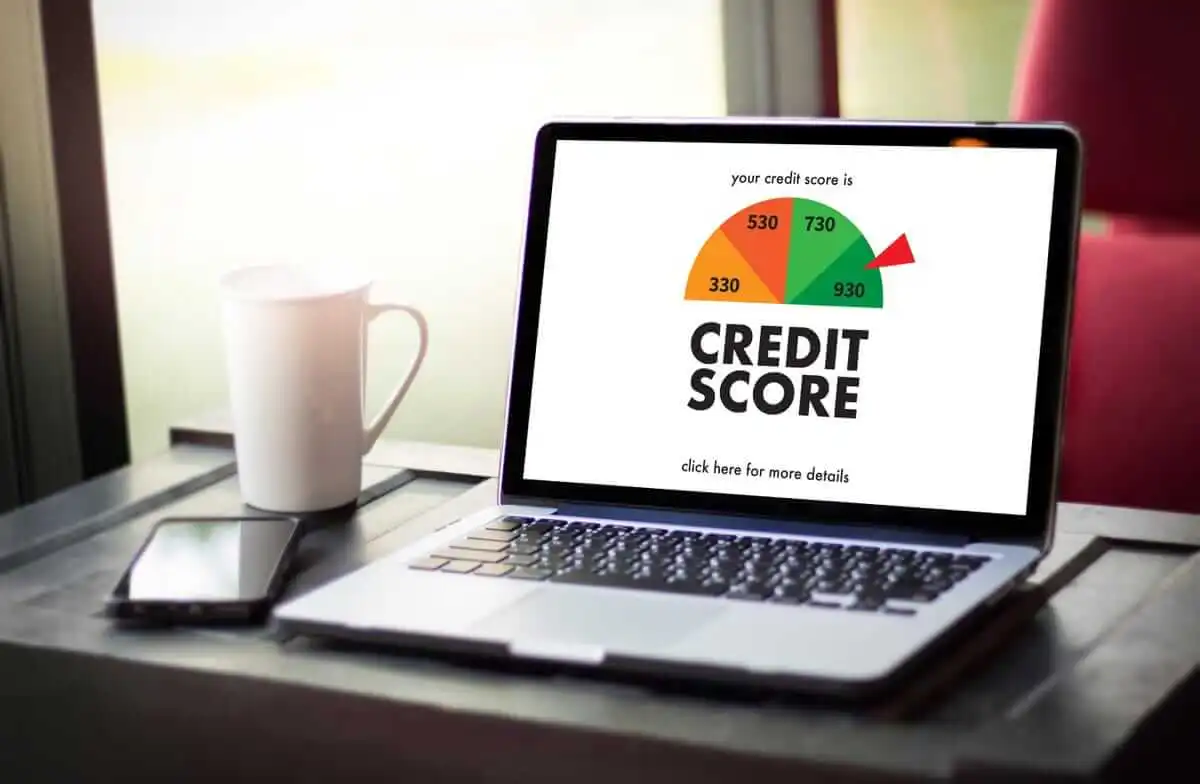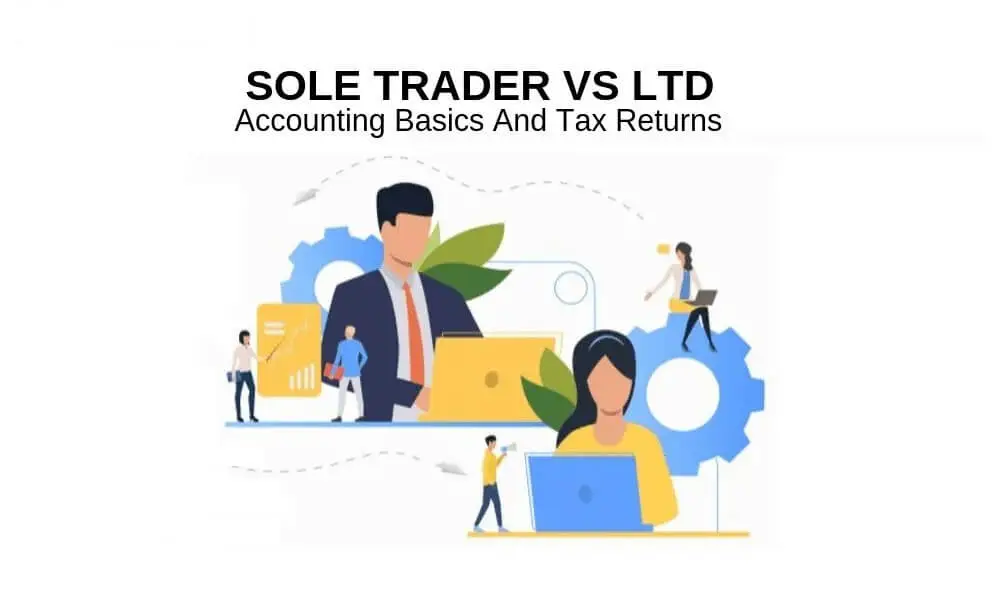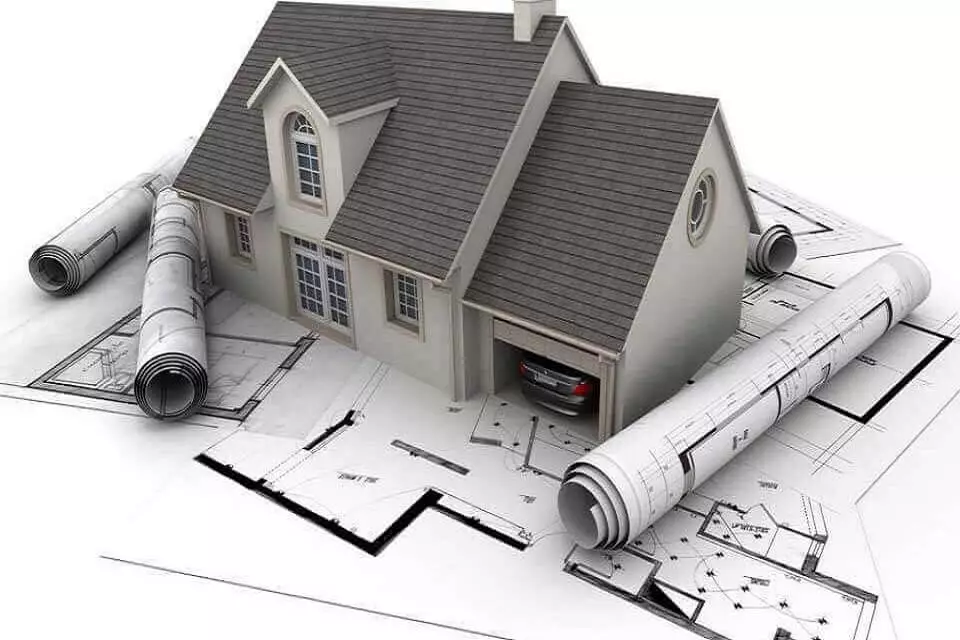So what is credit really? Basically it’s just a metric that shows how reliable a person is with paying back borrowed money. The lower the score, the more risk to the lender which translates to higher interest for the risk the lender takes on. On the other hand, a high score resembles less risk to the lender which equals a lower interest rate to the borrower for the lower risk the lender is taking on.
So we know that the higher the score, the lower the interest rates on loans. Now, Is obtaining lower interest rates the only benefit of having great credit? Not at all. Credit impacts more areas of our lives then we may realize. Bringing it back to interest rates we know that if we have a low score that we will have higher interest rates on loans, but also having a low score will impact your ability to get a loan in the first place, the only alternative may be to have a cosigner, which not everyone is fortunate to have.
Our credit score also impacts the terms of our loan agreement. People with higher scores will receive more favorable terms on their loan agreement whereas those with lower scores may only be offered unfavorable terms. Planning to rent a home, condo, or apartment? Your potential landlord will have your credit pulled. Your credit was good, so you were approved for your rental, great, now it’s time to get gas and electric. Some utilities companies will check your credit as well.

Now imagine going to an interview for your dream job, the interview goes great, but your potential employer checks your credit and denies your application because your credit is not looking too great. Also some, but not all insurance companies will also check the credit of a potential client. So we can see that credit doesn’t just impact an interest rate, but also our ability to get a loan, favorable loan terms, rentals, job, utilities, and insurance.
Now you know what credit actually does for us and what it impacts. So what makes up our score? When I began working on my credit, I just thought that if I had no accounts in collections and paid on time that my score would be great. I had good intentions, but unfortunately that’s not the case. A fico score is broken down into 5 different categories. Every category matters, but some weigh more than others. Also certain categories are within your immediate control, and others are not. So a FICO score is broken down by payment history (35%), credit utilization (30%), length of credit history (15%), credit mix (10%), and new credit accounts (10%).
As I mentioned about each category, some you have full control over, some partial, and some we just don’t have too much control over. I’ll begin with the categories we have the most control of. Our payment history, which makes up 35% of our score, is within our immediate control. You have control over creating a budget and sticking with it. You also have control over setting up an automated bill pay system so you‘re never late on a payment. This is the biggest chunk of our score, but also the simplest to hit. Just don’t miss a payment! We also have full control of our credit utilization. Credit utilization calculates how much of our total line of credit we utilize in a month. For example, say you have a credit card with a $1,000 limit and you spend $500 on it within a month. That would be 50% utilization. You’re not maxing out your card so that must be a good thing right? Wrong. Creditors show positive favor to those who utilize 30% or less per month of their total line of credit. Using above 30%, even if paid back on time and in full, can still have a negative impact on your score. We have full control over our utilization because our credit cards are not our primary payment method, we have checking accounts as well, we don’t need to use our credit cards. So If you know what your total line of credit is. SImply do the math and figure out what 30% is of your line of credit, and don’t exceed that in a month.
Lastly we have full control over new credit accounts. This may seem like a犀利士
no-brainer because we are voluntarily opening lines of credit, but it is still something to be aware of. Whenever you open a new line of credit there will be either a soft or hard pull of your credit report. The hard inquiries can negatively impact credit if there are over 5 in a year. It’s impossible to avoid having your credit pulled, well unless you never apply for a line of credit. If you find yourself in a situation where you need a line of credit either for a house, car, credit card etc. be very mindful before you go shopping for those items, and always ask whether or not they are performing a soft or hard pull of your credit. I recommend doing your homework before you hit the dealership or credit union. Make sure you know exactly what you want, and know which vendor you want to get the item through. Typically when people go car shopping, or other loan shopping they meet multiple different providers, and each provider pulls their credit. This is why it’s important to have a plan beforehand not only to cut down the time it takes to get the item, but also to save your credit report from multiple inquiries.
So which category do we not have full control over? That would be the length of our credit history. This category is out of our immediate control, we do not have a time machine to go back and start building credit at age 18. What matters is that you start. Now there are ways that you can help this category work for you. That is to never close an account. When we close an account, we are essentially ending that line of credit’s life and it will have no more birthdays, which means it will not continue to grow old with your credit report. I recommend paying off your accounts, but leaving them open. So if you have a credit card that you don’t use anymore instead of closing that card, simply cut it up and put it in a safe. These open accounts that are not being used will add to the age of your credit, and future creditors will look at those accounts and see that they have been in good standing for X amount of years, which is a great thing.
We have partial control of our types of credit. First let me break this down. Types of credit is our mix of credit, to simplify the types of credit there is installment credit and revolving credit. Each impacts our score differently, and having both will have a positive effect on our score. Installment credit is basically loans such as mortgages, car loans, student loans, personal loans, etc. Revolving credit is credit cards. Out of installment and revolving, revolving credit has the greatest impact on our credit, either positively if used properly or negatively if not used properly. The reason credit mix falls under the partial control and not full control is because if we don’t have a credit mix established, We are not going to go out and open up a line of credit for the sole purpose of having a credit mix, well i recommend against it anyway.
Now that we know how our credit is calculated, it is easier for us to make a strategy to build and maintain. I want to share a very basic, yet impactful strategy to build credit from the bottom up. First we need to see where we stand with our credit score. I recommend using IdentityIQ to view your full credit report from Equifax, Experian, and Transunion. Now address any negative remarks on your report. I recommend printing out your report and highlighting any inaccurate information and any negative remarks. If you need to make a dispute, do it, but don’t do it online as you waive certain rights by doing so. It is believed that you need to hire a credit repair company to fix your credit, but you can actually do it yourself! I have created The 5 Step Credit Repair System included with the letters needed to get the job done, you can purchase a copy using this link https://mystore3504.samcart.com/products/the-5-step-credit-repair-system.
Now that you addressed anything that didn’t add up, either had accounts removed, and/or set up payment plans and your back in good standing, now it’s time to build. Getting approved for a line of credit may not be possible depending on your situation, however there are ways around this obstacle. To begin building, start with a secured credit card. A secured credit card is funded with a refundable deposit of your own money, typically $200, so you’d have a credit card with a $200 limit. When Shopping for a secured card, make sure that you choose one with no annual fee. Why pay a fee when you don’t have to? By signing up with my link all fees are waived.
Let’s take what we learned above and apply it to use the card properly so that it impacts the greater categories of our credit. With this card we can score high on the most impactful categories of our credit score. So we are going to utilize less than 30% a month of our total credit limit. So at the very most we will use $60 of the credit card. 30% utilization is good, but 10% utilization is even better, creditors will actually be more favorable toward your score if you utilize 10% rather than 30%. So all we really need to do is put $20 on the card a month to score high on credit utilization. Now that we’ve utilized 10% of our card, we are going to pay it back as soon as possible, sooner than 28 days. By doing this we will score high on our payment history. By doing these 2 simple things, you will see your credit rise month after month. The secured credit card is purely a credit building tool, and also practice for credit cards that use the bank’s money, not your own. It will help you to get comfortable with owning and using a credit card properly so when it’s time to get a credit card with a higher limit, you will be ready.
To help boost your credit building there is another way to build credit that doesn’t require you to personally take out any credit cards or other lines of credit. You can build credit passively by becoming an authorized user! Becoming an authorized user is when someone else adds you on to their credit card. Their good credit habits will reflect positively upon your report without you having to do a thing. Anything passive is amazing, however I do want to issue a fair warning. Just how someones good credit habits will reflect positively upon your credit, on the other hand if that someone uses their lines of credit improperly it will reflect negatively upon your credit report. So before asking someone to add you as an authorized user, have a conversation with them. Ask what their credit score is, and ask questions based off of the 5 categories above, in a personable way. We are not asking so we can judge, we are asking so that we protect ourselves. So let’s say your family member has great credit and great credit habits, and is generous enough to allow you to be an authorized user on their credit card, but still maybe they are nervous. Ease their mind by telling them to have the credit card mailed to their house and to cut it up immediately. That way there is zero risk to your loved one and they still get to help you out, that’s a win win. If asking a family member for help in this area isn’t possible, fortunately there is a solution. Tradeline Supply is the solution. Tradeline supply connects card holders to potential authorized users in one secure marketplace.
Knowledge is power, but knowledge without action is useless. We have simplified what credit is, how it’s made up, and how to build it. I encourage you to take action today towards building and/or repairing your credit. Even if it’s a baby step, it’s still a step in the right direction. Having great credit will help you to get the house you want, will help you get the car you want, and will even help you get a loan for your child’s education without paying excess interest. And as I mentioned early, you do not need to hire a credit repair company to fix your credit. Save money, gain experience, and feel the sense of pride that comes along with doing it yourself.

Johnny is a finance blogger who has been blogging for years. He’s familiar with everything that goes into it, and loves to share his knowledge with others.












